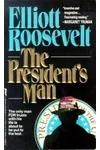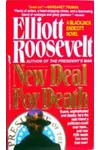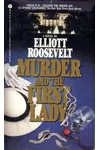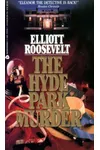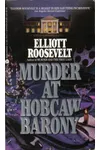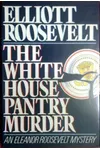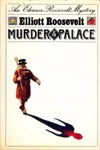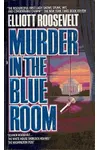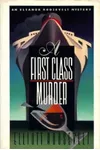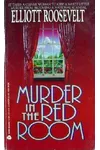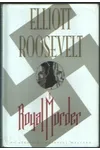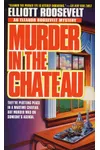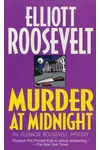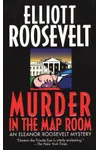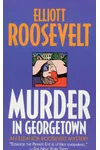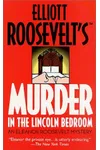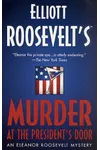Picture a storyteller who spun White House intrigue into cozy mysteries—meet Elliott Roosevelt! As the son of President Franklin D. Roosevelt and First Lady Eleanor Roosevelt, Elliott carved a unique niche by casting his mother as an amateur sleuth in a delightful series of murder mysteries. His novels blend historical detail with fictional crime, offering readers a thrilling peek into 1930s and 1940s America.
Born into one of America’s most iconic families, Elliott’s insider perspective fueled his storytelling, creating a legacy that continues to captivate mystery lovers. Let’s dive into his fascinating life and literary contributions!
The Making of Elliott Roosevelt
Born on September 23, 1910, Elliott Roosevelt grew up in the shadow of political giants. As a child of FDR and Eleanor, he witnessed the inner workings of power firsthand, from Hyde Park to the White House. After serving as a United States Army Air Forces officer during World War II, Elliott turned to writing, channeling his unique upbringing into fiction. His intimate knowledge of his parents’ world inspired a bold idea: transforming Eleanor into a crime-solving heroine.
Elliott’s writing career began in the 1980s, a time when historical mysteries were gaining traction. His debut novel, Murder and the First Lady (1984), marked the start of a series that would span two decades, blending real historical figures with fictional whodunits.
Elliott Roosevelt’s Unforgettable Stories
Elliott’s signature series, the Eleanor Roosevelt Mysteries, comprises twenty novels that place the First Lady at the heart of gripping investigations. His debut, Murder and the First Lady, introduces Eleanor as she works to clear a young woman accused of murdering her boyfriend, the son of a powerful congressman. The novel’s fast-paced plot and insider White House details hooked readers immediately.
Other standout titles include The Hyde Park Murder (1985), where Eleanor tackles a stock swindle and a killing in her hometown, and The White House Pantry Murder (1987), set during Christmas 1941 with Winston Churchill as a guest. A First Class Murder (1991) takes Eleanor aboard the luxurious Normandie liner, solving a Russian ambassador’s poisoning alongside figures like John F. Kennedy and Josephine Baker. Elliott’s style is cozy yet thrilling, weaving historical accuracy with lighthearted suspense, often featuring real-life celebrities like Humphrey Bogart or Charles Lindbergh.
Despite their charm, the series sparked controversy. After Elliott’s death in 1990, twelve more novels were published, attributed to unpublished manuscripts but likely ghostwritten by William Harrington, who is credited only for the final book, Murder at the President’s Door (2001). This debate adds intrigue to Elliott’s legacy, raising questions about authorship while underscoring the series’ enduring popularity.
Why Elliott Roosevelt Matters
Elliott Roosevelt’s mysteries offer more than entertainment—they preserve a vivid snapshot of the Roosevelt era. By placing Eleanor at the forefront, he reimagined her as a sharp-witted detective, amplifying her real-life role as a champion of justice. His novels bridge history and fiction, inviting readers to explore the political and cultural landscape of mid-20th century America through a lens of intrigue.
The series’ longevity, spanning from 1984 to 2001, reflects its appeal to fans of cozy mysteries and historical fiction. Despite the ghostwriting controversy, Elliott’s vision endures, celebrating his mother’s legacy while cementing his own as a storyteller who brought the White House to life in a wholly original way.
- Born: September 23, 1910
- Died: October 27, 1990
- Key Works: Murder and the First Lady, The Hyde Park Murder, The White House Pantry Murder, A First Class Murder
- Genre: Cozy Mystery, Historical Fiction
Snag Murder and the First Lady and dive into Elliott Roosevelt’s delightful blend of history and mystery!
